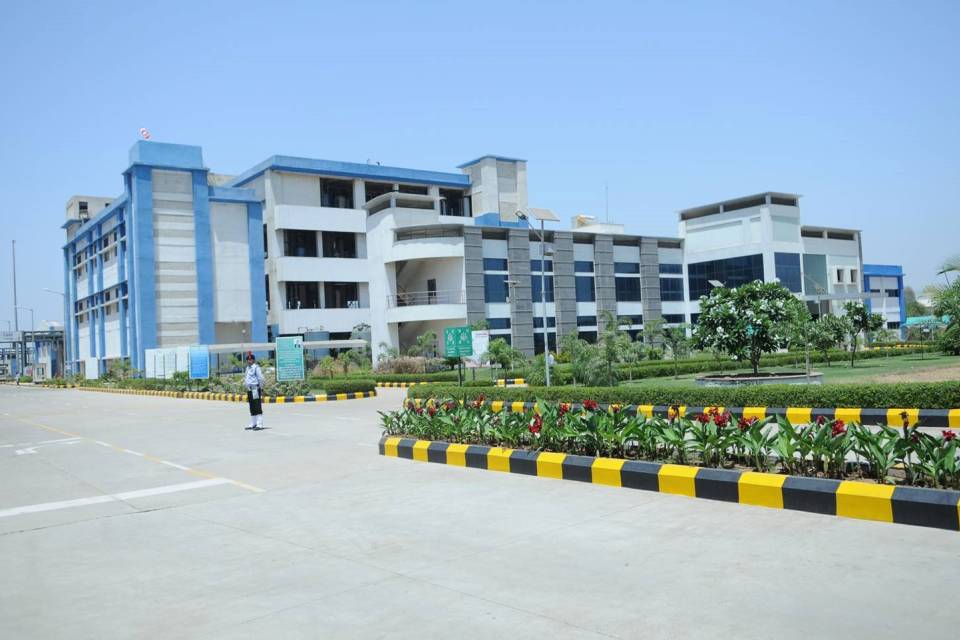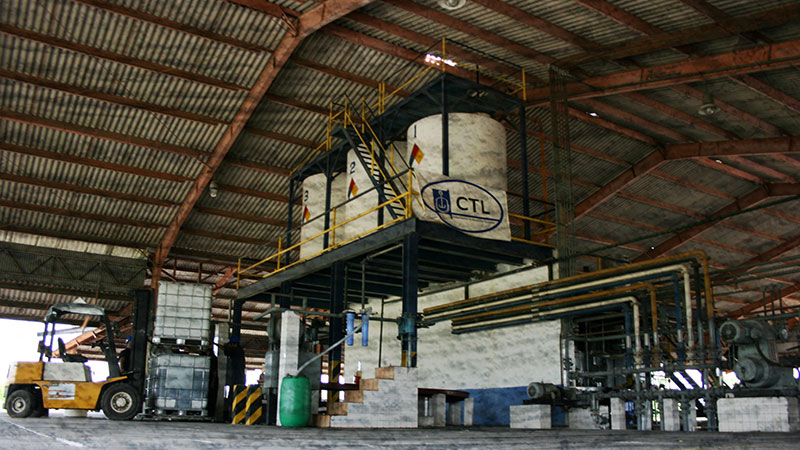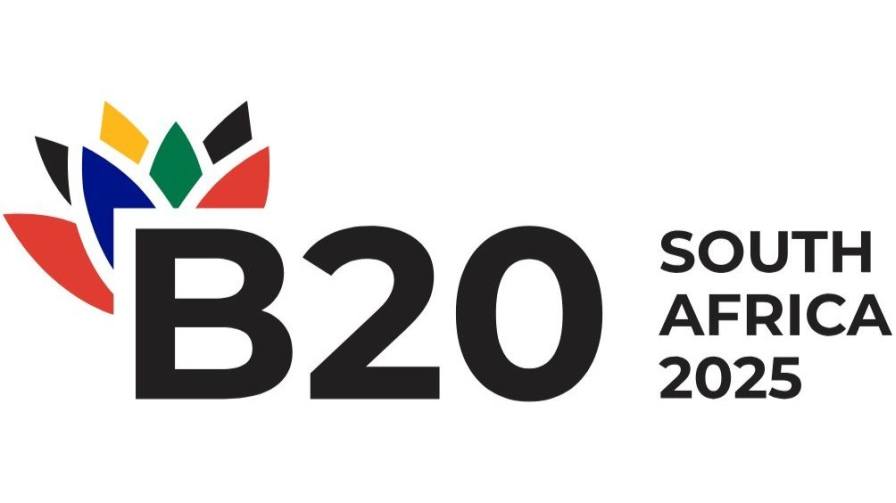Black Swans 2024: An Update on Events Impacting the Agroindustry
There’s been quite a bit of continuing interest in the nine “Black Swan” events described for 2024. In fact, I’ve been asked on a number of occasions, including the 2024 AgriBusiness Global Trade Summit, to discuss how accurate these predictions have been now that we’re rapidly approaching the year’s three-quarter mark.
Here’s an update of the major Swan events that are having the most impact this year along with my suggestions for how to prepare for the balance of 2024 and head into 2025.
Black Swan 1: Agroindustry Stagflation
Stagflation of course means a combination of high inflation and economic stagnation – but now the question becomes: Are we actually seeing some deflation? In point of fact, commodity prices have been relatively flat overall since late 2023, and these price patterns suggest the potential for multiple years of lower farm income. At the same time there have actually been declines in input costs, with prices for seed and pesticides stabilizing while fertilizer and fuel are the likeliest to decline.
There’s a bigger picture here that further dampens the ag sector. With U.S. national debt remaining high and interest rates showing few signs of coming down significantly, the U.S. federal government is crowding out the private sector in the pursuit of lending. This, combined with the continued higher cost of money, creates a difficult environment for businesses looking to make capital investments.
Black Swan 2: China Unraveling
This continues. It’s clear the China model of agrochemical production is not working. Globally there is oversupply due in no small part to China’s overcapacity in production, resulting in inexpensive products on the global market with few manufacturers making much money. This is putting pressure on supplier margins and profitability.
Black Swan 3: Energy
The issue here now really is commodity inventories and a growing demand for new markets. Oversupply has led to lower prices, and deflation as described in Black Swan 1.
Black Swan 4: Political De-globalization Has Led to Trade Wars and Now Physical War
This also continues with particular hostilities in Europe (Russia-Ukraine) and the Middle East (Hamas-Israel). Now the question becomes: Is northeast Asia next, especially in Norh Korea and South Korea, with influence by Russia and possible participation by China and the U.S.?
Black Swan 5: Interest Rate Inflation
A big key here in the U.S. are the coming elections in November in which opposing philosophies on whether to raise taxes and by how much are at stake. If taxes go up in 2025, this could well be another brake on the economy that further hurts small businesses.
The Rest of the Swans
These would be Labor Migration (6), Climate Volatility (7), Continuing Regulatory Pressure (8), and (9) Technology Continues to Push into Agribusiness and the Agroindustry. These all continue unabated. In fact, they might be called long-time trends, and maybe even mega-trends, depending on the extent to which each plays out.
How to Prepare
Such is the state of our 2024 Black Swans, with most playing out as we predicted but with some nuances and changes in others.
What can be businesses do to prepare? Here are some suggestions:
- Cost avoidance. Control of operating expenses should be top of mind. And with lending likely to remain tight, the cost of money high, and commodity prices flat, the most prudent act for 2025 likely will be to budget conservatively.
- Look for expansion opportunities. For instance, asset acquisitions, mergers to improve the cost of business, and investment of new money in growth segments.
- Control cash flow. This is a good time to lower debt and reserve available money for opportunities to invest.
- Embrace adaptation. Implement smart business models – specific, measurable, attainable. The need for both flexibility and focus is paramount in times like these.






